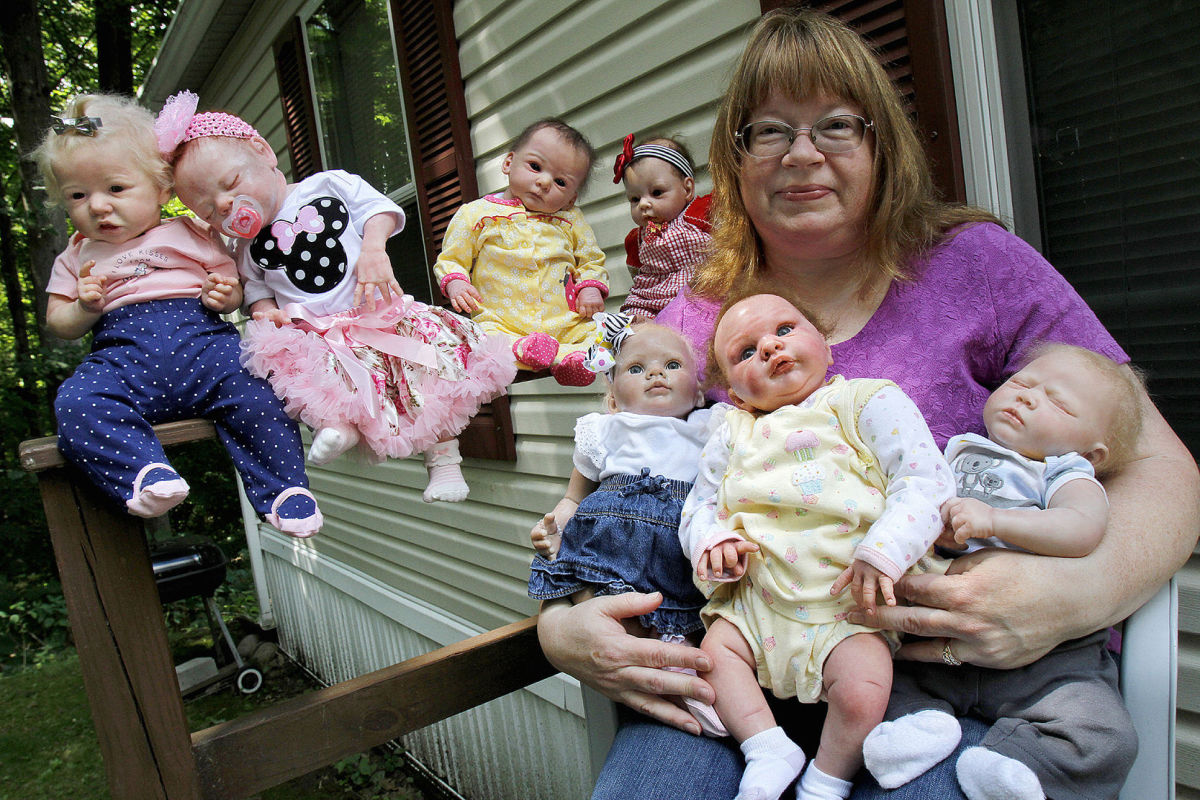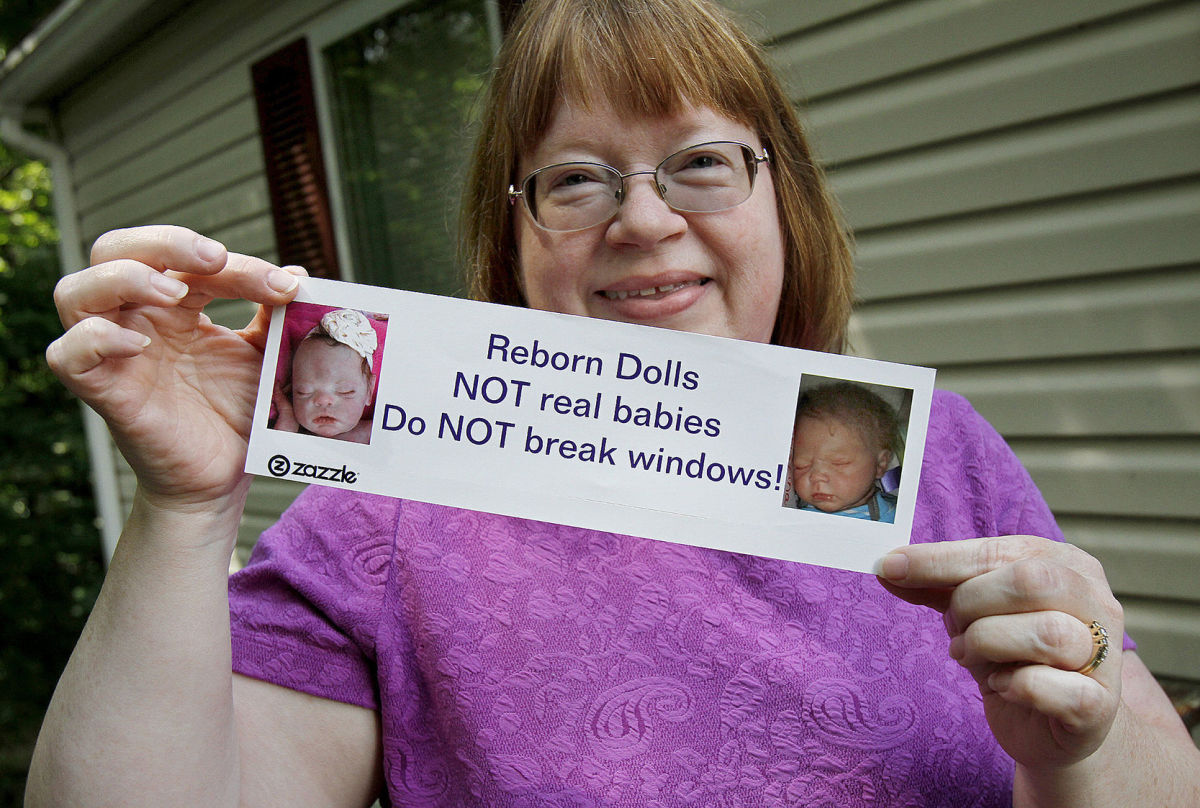In the sweltering heat of a New Hampshire summer, a concerned citizen called 911, reporting a baby left alone in a parked car outside a Walmart in Keene. The situation seemed dire, and Lt. Jason Short of the Keene Police Department sprang into action. With temperatures soaring, he rushed to the scene, fearing the worst. Peering through the window, he saw what he believed to be a small infant’s legs sticking out from under a blanket. Without hesitation, he smashed the car window to begin a rescue.
As Short pulled away the blanket, his heart sank. The “baby” wasn’t moving, and its skin felt unusual. He attempted to administer mouth-to-mouth resuscitation, but the “infant’s” mouth wouldn’t open. It was then that he realized his mistake – the “baby” was actually a remarkably lifelike doll.

The doll, named Ainslie, was part of a collection of “reborn” dolls owned by Carolynne Seiffert, a local woman who had left it in the car while she shopped. These dolls are handcrafted from silicone to mimic the appearance and feel of real newborns. Seiffert had purchased Ainslie for $2,300, and the doll was so realistic that even Short, a trained officer, was fooled.
The incident highlights the importance of caution and awareness when dealing with potential emergencies. While Short’s actions were justified given the circumstances, the mix-up also underscores the need for clear communication and awareness about reborn dolls. Seiffert has since decided to put a sticker on her car to alert others that the “babies” inside are not real ¹ ².

This unusual incident serves as a reminder of the risks of leaving children or pets unattended in hot cars and the growing popularity of lifelike dolls. It also showcases the dedication and swift action of first responders like Lt. Short, who prioritize saving lives, even in the face of uncertainty ³.


